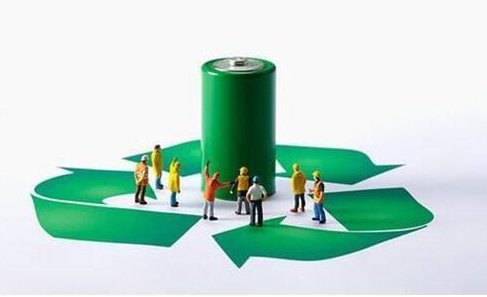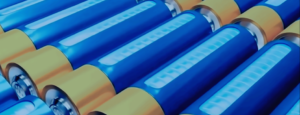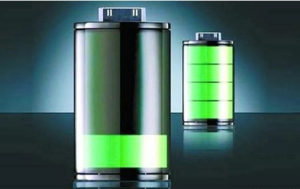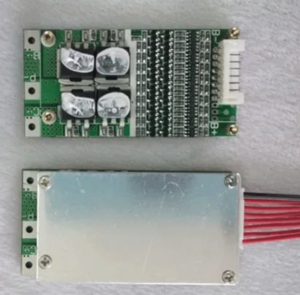Recycling and recycling are very important links in the lithium battery industry chain and are of great significance to environmental protection and resource utilization. This article will discuss the importance of lithium battery recycling, the current development status of recycling technology, and the prospects for recycling.

1. The importance of lithium battery recycling
As an important energy storage device, lithium batteries are widely used in mobile communications, electric vehicles, energy storage systems and other fields. However, with the large-scale application of lithium batteries, the problem of waste disposal has become increasingly prominent. Lithium batteries contain toxic heavy metals and harmful substances, which if discarded or improperly disposed of, will have serious impacts on the environment and human health.
1. Environmental protection: Harmful substances in discarded lithium batteries, such as heavy metals cadmium, lead, mercury, etc., will seep into soil and water sources, causing pollution to the ecological environment. At the same time, organic solvents, electrolytes and other substances in lithium batteries can also cause pollution to the atmosphere and water bodies, accelerating global warming and climate change.
2. Resource utilization: Lithium, cobalt, nickel and other metal elements in waste lithium batteries are valuable resources, which can be recovered and recycled to reduce the mining of mineral resources, energy consumption and environmental pressure. At the same time, recycling lithium batteries can also improve resource utilization efficiency, reduce production costs, and promote sustainable development.
2. Development status of lithium battery recycling technology
At present, lithium battery recycling technology mainly includes physical separation, chemical treatment and smelting methods. However, due to the wide variety and complex structure of lithium batteries, there are a series of technical difficulties and challenges in the recycling process.
1. Physical separation: Physical separation is the basic process for lithium battery recycling, including mechanical crushing, magnetic separation, gravity separation and other methods. These methods can effectively separate components such as positive and negative electrode materials, electrolytes, and casings in waste lithium batteries, providing a basis for subsequent processing.
2. Chemical treatment: Chemical treatment is a key link in lithium battery recycling, including acid-base dissolution, high-temperature melting, leaching and other methods. These methods can effectively separate and extract organic solvents, electrolytes and metal elements in waste lithium batteries to achieve resource recovery and reuse.
3. Smelting: Smelting is the ultimate method for lithium battery recycling. Through high-temperature melting and chemical reactions, metal elements in waste lithium batteries are efficiently extracted and separated. Smelting technology can achieve high-purity recovery of metal elements in waste lithium batteries, providing a strong guarantee for the reuse of resources.
3. Prospects of lithium battery recycling
The recycling of lithium batteries is an important way to achieve sustainable resource utilization and environmental protection. With the rapid development of the lithium battery industry and the continuous advancement of technology, the prospects for recycling lithium batteries are becoming increasingly broad.
1. Technological progress: Lithium battery recovery and recycling technology has made major breakthroughs in the past few years. New physical separation, chemical treatment and smelting technologies continue to emerge, improving the recovery rate and resource utilization efficiency of waste lithium batteries.
2. Policy support: The national and local governments attach great importance to the recovery and recycling of lithium batteries and have issued a series of policies and regulations to encourage and support the recovery and recycling of lithium batteries, providing a policy environment and economic guarantee.
3. Market demand: With the rapid development of electric vehicles, energy storage systems and other fields, the demand for lithium batteries is also increasing. Recycling can reduce the production cost of lithium batteries, improve market competitiveness, and meet market demand.
To sum up, lithium battery recovery and recycling is an important way to solve the problem of waste lithium battery disposal. By developing advanced recycling technologies and improving resource utilization efficiency, efficient recovery and recycling of lithium batteries can be achieved, promoting sustainable utilization of resources and sustainable development of the environment. Governments, enterprises and all sectors of society should work together to strengthen cooperation, promote the research and application of lithium battery recovery and recycling, and contribute to building a resource-saving and environment-friendly society.




